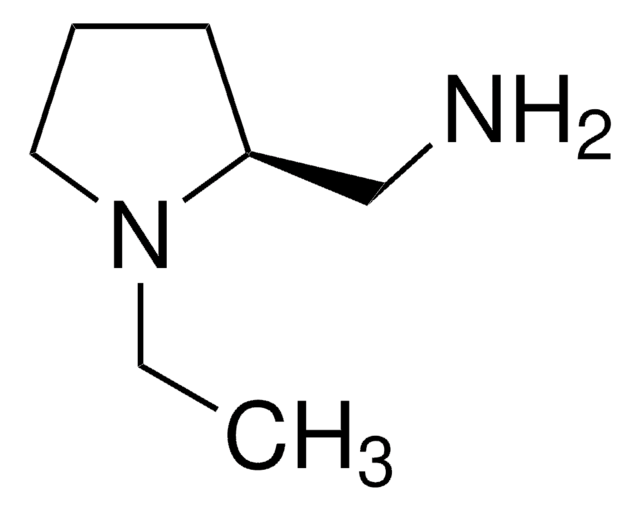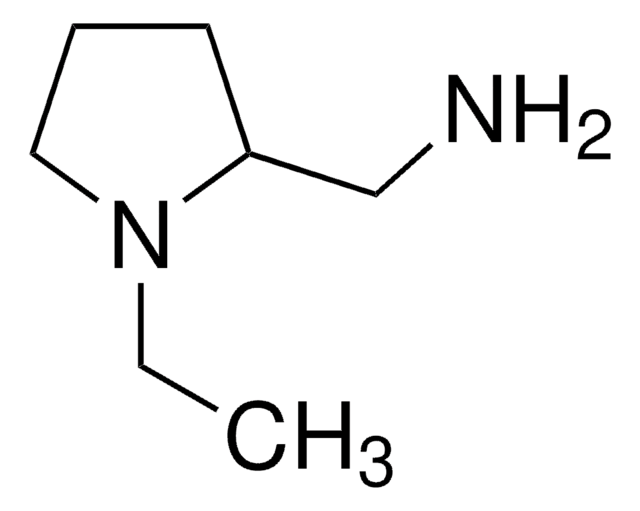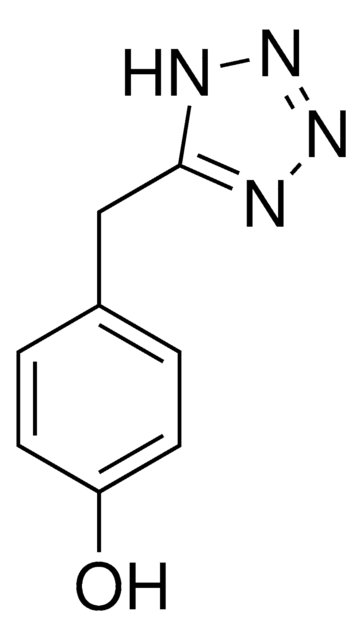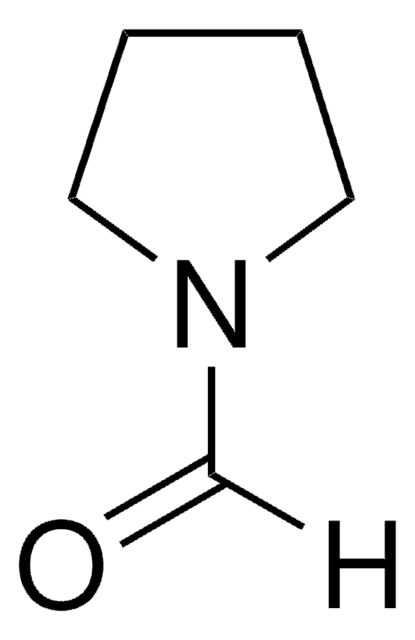139505
2-(2-Aminoethyl)-1-methylpyrrolidine
97%
Sinónimos:
1-Methyl-2-(2-aminoethyl)pyrrolidine, 1-Methyl-2-pyrrolidineethanamine, 2-(1-Methyl-2-pyrrolidinyl)ethanamine, 2-(1-Methyl-2-pyrrolidinyl)ethylamine, 2-(1-Methylpyrrolidin-2-yl)ethan-1-amine, 2-(1-Methylpyrrolidin-2-yl)ethylamine, 2-(2-Aminoethyl)-1-methylpyrrolidine, 2-(N-Methylpyrrolidin-2-yl)ethylamine, N-Methyl-2-(2-aminoethyl)pyrrolidine
About This Item
Productos recomendados
Quality Level
assay
97%
form
liquid
refractive index
n20/D 1.4684 (lit.)
density
0.885 g/mL at 25 °C (lit.)
functional group
amine
SMILES string
CN1CCCC1CCN
InChI
1S/C7H16N2/c1-9-6-2-3-7(9)4-5-8/h7H,2-6,8H2,1H3
InChI key
PNHGJPJOMCXSKN-UHFFFAOYSA-N
Categorías relacionadas
General description
Application
signalword
Danger
hcodes
Hazard Classifications
Acute Tox. 4 Oral - Eye Dam. 1 - Skin Irrit. 2 - STOT SE 3
target_organs
Respiratory system
Storage Class
10 - Combustible liquids
wgk_germany
WGK 2
flash_point_f
149.0 °F - closed cup
flash_point_c
65 °C - closed cup
ppe
Eyeshields, Faceshields, Gloves, type ABEK (EN14387) respirator filter
Elija entre una de las versiones más recientes:
¿Ya tiene este producto?
Encuentre la documentación para los productos que ha comprado recientemente en la Biblioteca de documentos.
Nuestro equipo de científicos tiene experiencia en todas las áreas de investigación: Ciencias de la vida, Ciencia de los materiales, Síntesis química, Cromatografía, Analítica y muchas otras.
Póngase en contacto con el Servicio técnico
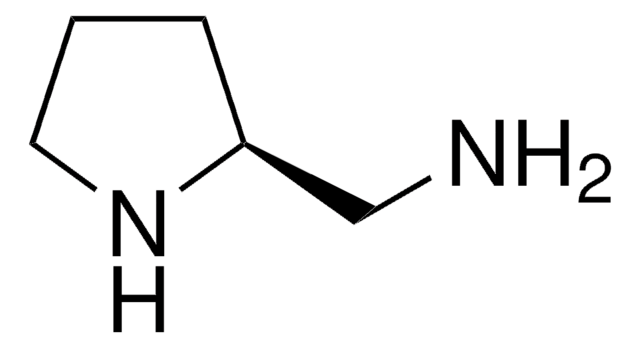
![1H-Pyrrolo[2,3-b]pyridin-4-amine AldrichCPR](/deepweb/assets/sigmaaldrich/product/structures/296/228/f730c76a-3411-40cb-aeab-2f2a1d3b1205/640/f730c76a-3411-40cb-aeab-2f2a1d3b1205.png)
